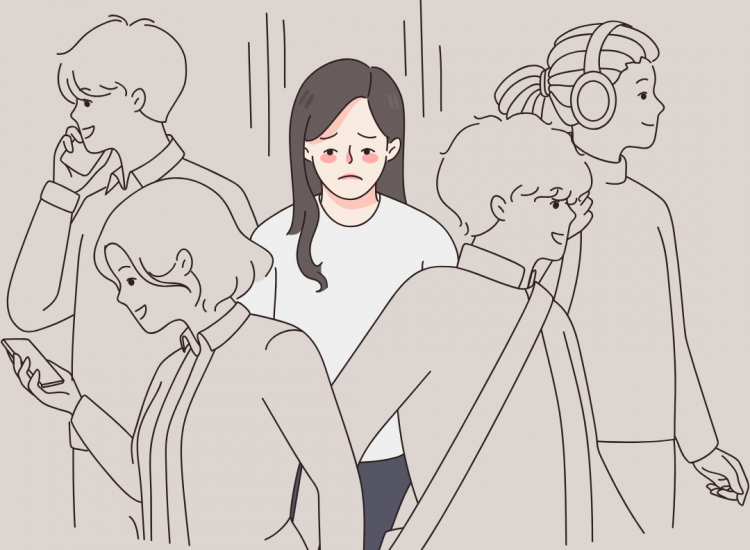Let’s be honest—being constantly “connected” has never felt so isolating. We scroll, swipe, click, and DM our way through the day, and somehow still feel like something’s missing. Gen Z grew up online, but studies show they’re also the loneliest generation. And it makes sense: when most of your social life happens through a screen, it’s easy to forget how fulfilling real interaction can be.
This generation is overstimulated digitally but undernourished emotionally. We’re wired for presence—for eye contact, shared laughter, and being in the moment. From childhood playdates to teenage hangouts, our brains are built for bonding. But we’ve replaced hallway conversations with Facetime, dance class with YouTube tutorials, and even friendships with AI-powered chatbots. It’s convenient, yes—but at what cost? We’re slowly designing a world that leaves out the most human part of growing up: belonging.
What teens crave—often more than they realize—is a sense of community. Extracurriculars like modeling and acting classes, after-school clubs, or even local volunteer programs can create that. These are what sociologists call “third places”—safe, welcoming spaces outside of home and school. They’re where teens get to just be—curious, expressive, and most importantly, seen. In these spaces, self-worth isn’t tied to a like count, but to real effort, encouragement, and connection.
We often treat soft skills—confidence, communication, presence—as “nice-to-haves,” but they’re survival skills in today’s world. And they’re not skills you can swipe your way into. TikTok might teach trends, but it can’t teach eye contact, resilience, or how to walk into a room with your head held high.
Face-to-face experiences aren’t just helpful—they’re transformational. Especially for teens figuring out who they are in a world that moves fast and often feels filtered. In confidence-building workshops, we see it all the time: teens come in shy, unsure, and quiet—and leave standing taller, speaking louder, and supported by a new circle of friends. That kind of growth can’t be measured in views or shares—but it’s what shapes lives. Because while digital tools can help us reach people, it’s in-person experiences that help us truly connect.


